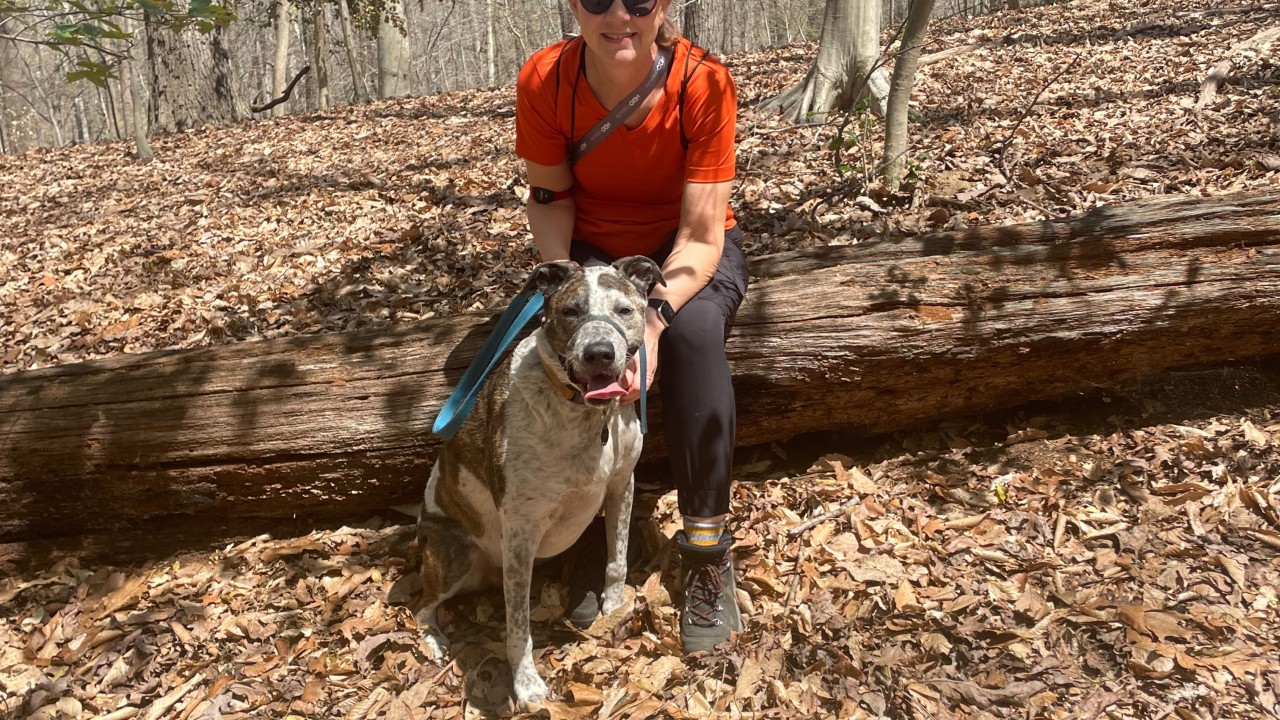Are you noticing your pet itching, licking, or sneezing more than usual? Just like humans, dogs and cats can suffer from seasonal allergies. Especially as seasons change, trees, grasses and weeds release a pollen that cause an overreaction in pets’ immune systems, typically leading to common allergy symptoms.
When we see our dog or cat struggling with itchy skin or other common allergy symptoms, it’s not uncommon for pet owners to suspect a reaction from the pet’s food. However, veterinary research indicates that a food allergy in dogs and cats is infrequent. For example, diagnosed food allergy accounts for approximately 1% of all skin diseases in dogs. More often, environmental factors are to blame for these symptoms.
What are symptoms of seasonal allergies in pets?
Pets that suffer from seasonal allergies are typically allergic to weeds that pollinate that time of year, including ragweed. These allergies in pets typically take the form of skin irritation rather than respiratory issues, which may come as a relief to pet owners. However, itchy skin can lead to extreme scratching, licking, or chewing, which can cause hair loss or sores for pets. Another common symptom is itchy ears and reoccurring ear infectionsi.
Most dogs will start to show symptoms of fall allergies between one and three years of ageii. Seasonal allergy symptoms can be controlled with the help of a veterinarian, but unfortunately, rarely are these allergies curable.
How to treat seasonal allergies in pets
The first step in identifying and treating seasonal allergies in pets is taking your cat or dog to the vet. A veterinary evaluation will indicate how severe the seasonal allergies are and what treatment options are suitable. In some cases, allergies can become more severe as a pet matures, so it’s important to address allergies as symptoms develop.
Vets can also perform allergy testing on pets to identify specific allergy triggers. Some allergy symptoms can be treated with specialized shampoos and antihistamines, and in more severe cases, allergy shots or steroids may be used as additional therapy during the allergy season.
Simple stepsiii can go a long way in caring for you pet’s allergy symptoms. If your dog or cat struggles with seasonal allergies, consider the following:
- After spending time outdoors, wipe your pet off with a damp cloth to remove the pollen from his or her face and body
- Frequently bathe your pet with a mild shampoo
- Keep your home extra clean as the seasons change, remembering to dust and vacuum regularly
- Make sure to feed a complete and balanced pet food to support your pet’s overall well-being
My pet’s allergies are year-round
It’s not uncommon for pets to suffer from year-round allergies. Often, the allergy symptoms will flare up and worsen during the change in seasons, but they can affect dogs and cats throughout the year.
Although pollen, trees and weeds are often to blame for allergy symptoms, mold, house dust mites and human and animal dander can also be allergy triggers for pets. Performing an allergy test at a young age to identify and treat the underlying cause of the symptoms is ideal in providing the best care for your pet.
i Vogelsang, D. J. (2015, October 12). Can dogs and cats have fall allergies? Vetstreet. Retrieved October 19, 2022, from https://www.vetstreet.com/our-pet-experts/signs-your-dog-or-cat-may-have-fall-allergies
ii Barnette, C., & Ward, E. (n.d.). Allergy-general-in-dogs: VCA Animal Hospital. VCA. Retrieved October 19, 2022, from https://vcahospitals.com/know-your-pet/allergy-general-in-dogs
iii Get ready for dog allergies in fall. Dog Fall Allergies. (2018). Retrieved October 19, 2022, from https://www.purinaproclub.com/breed-update/dog/fall-2018



